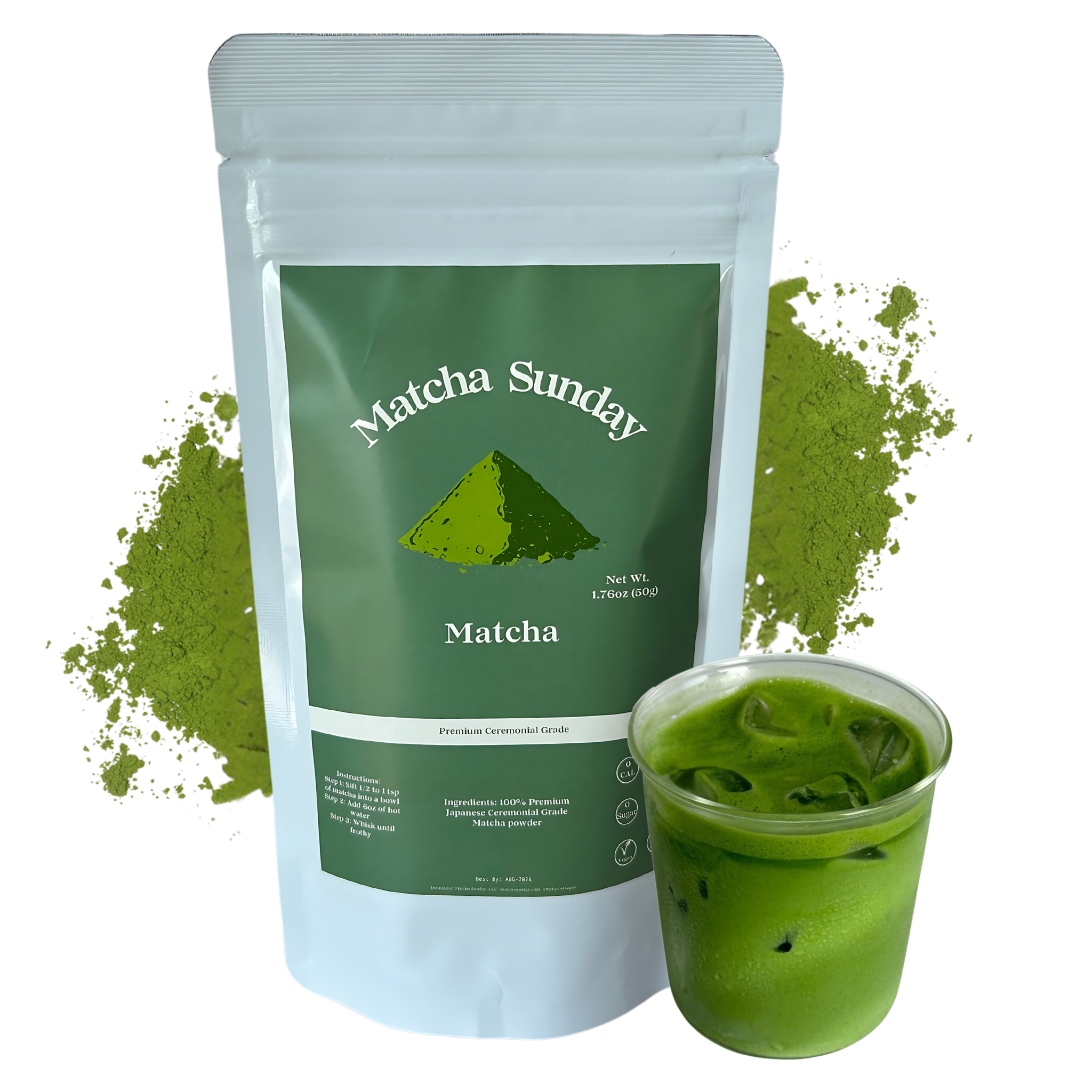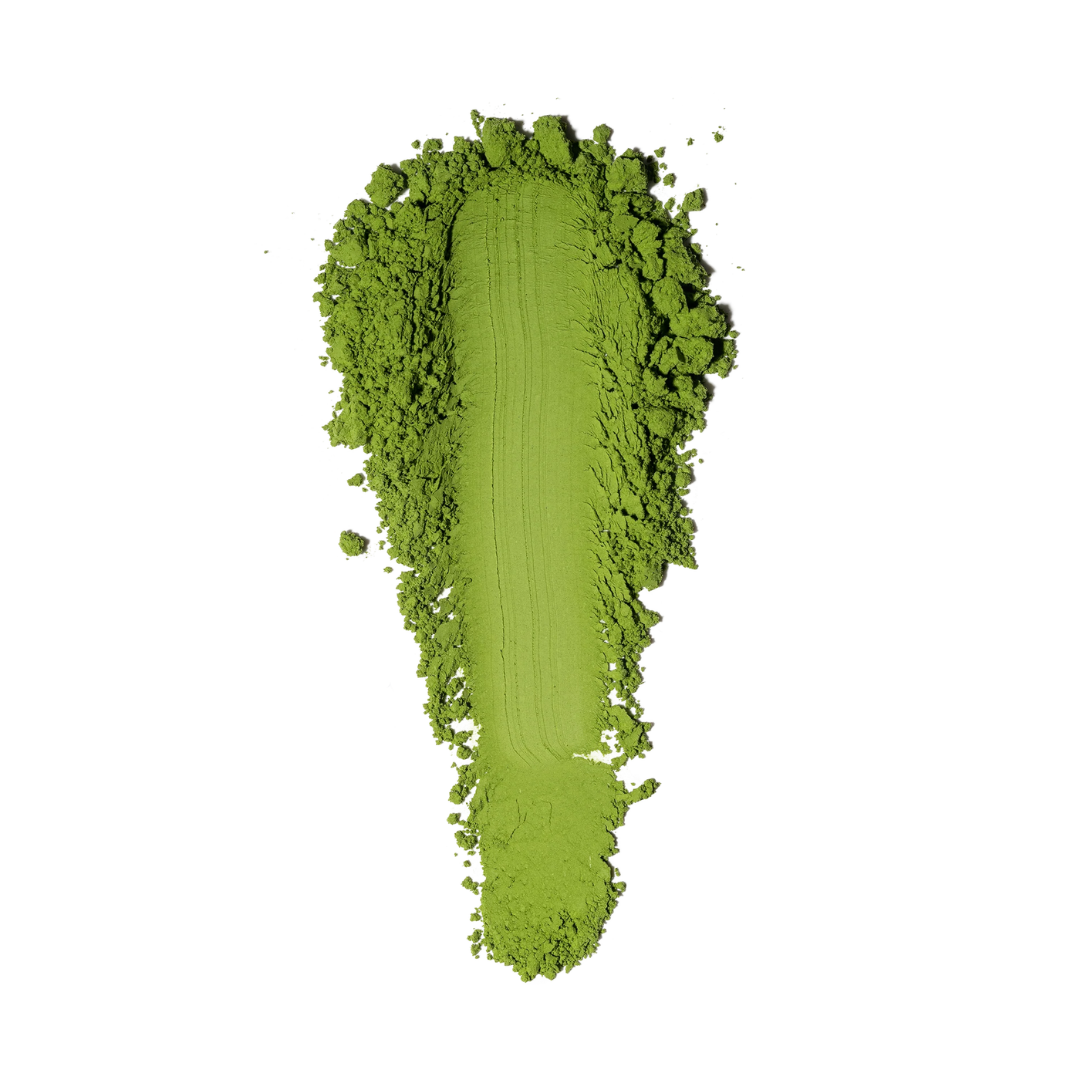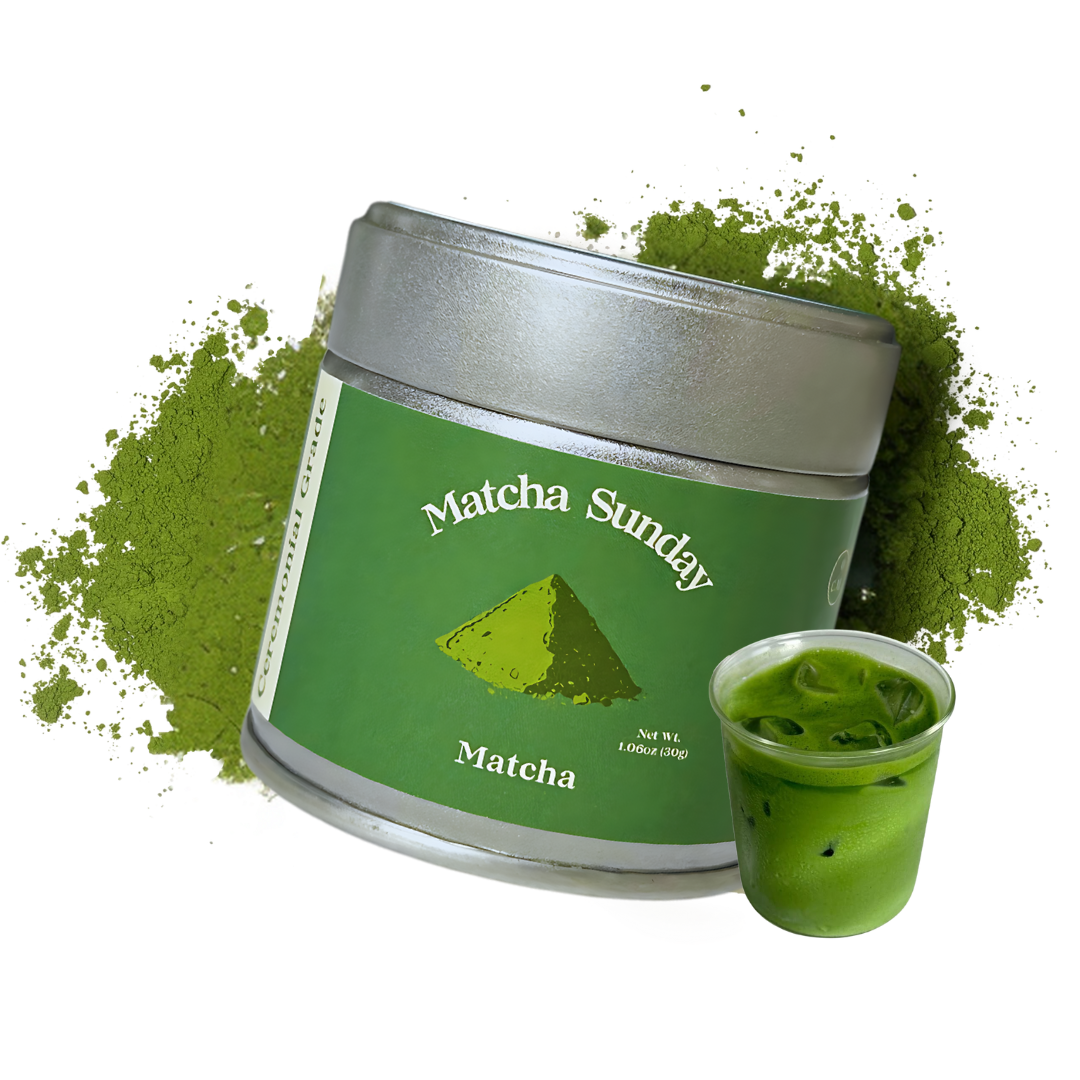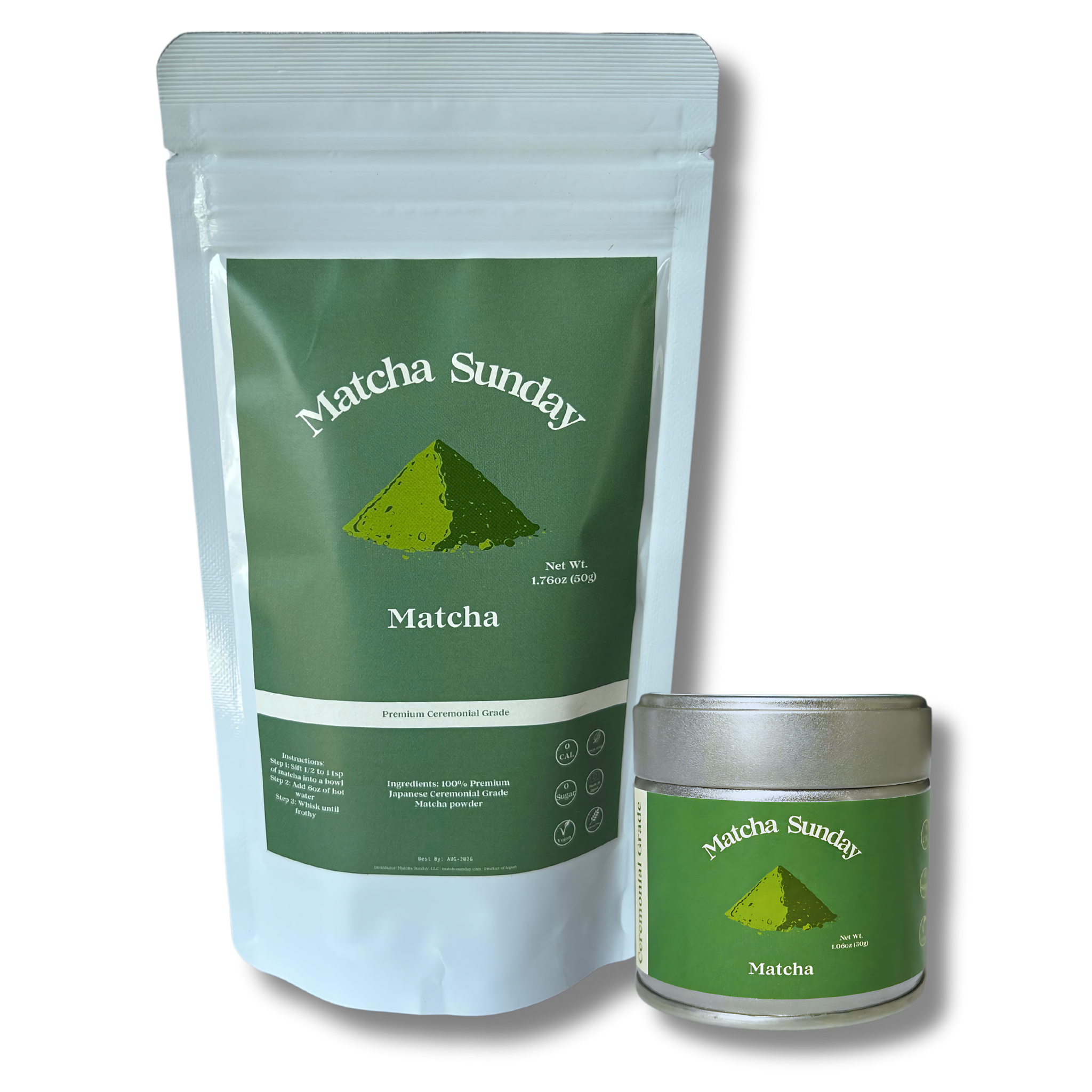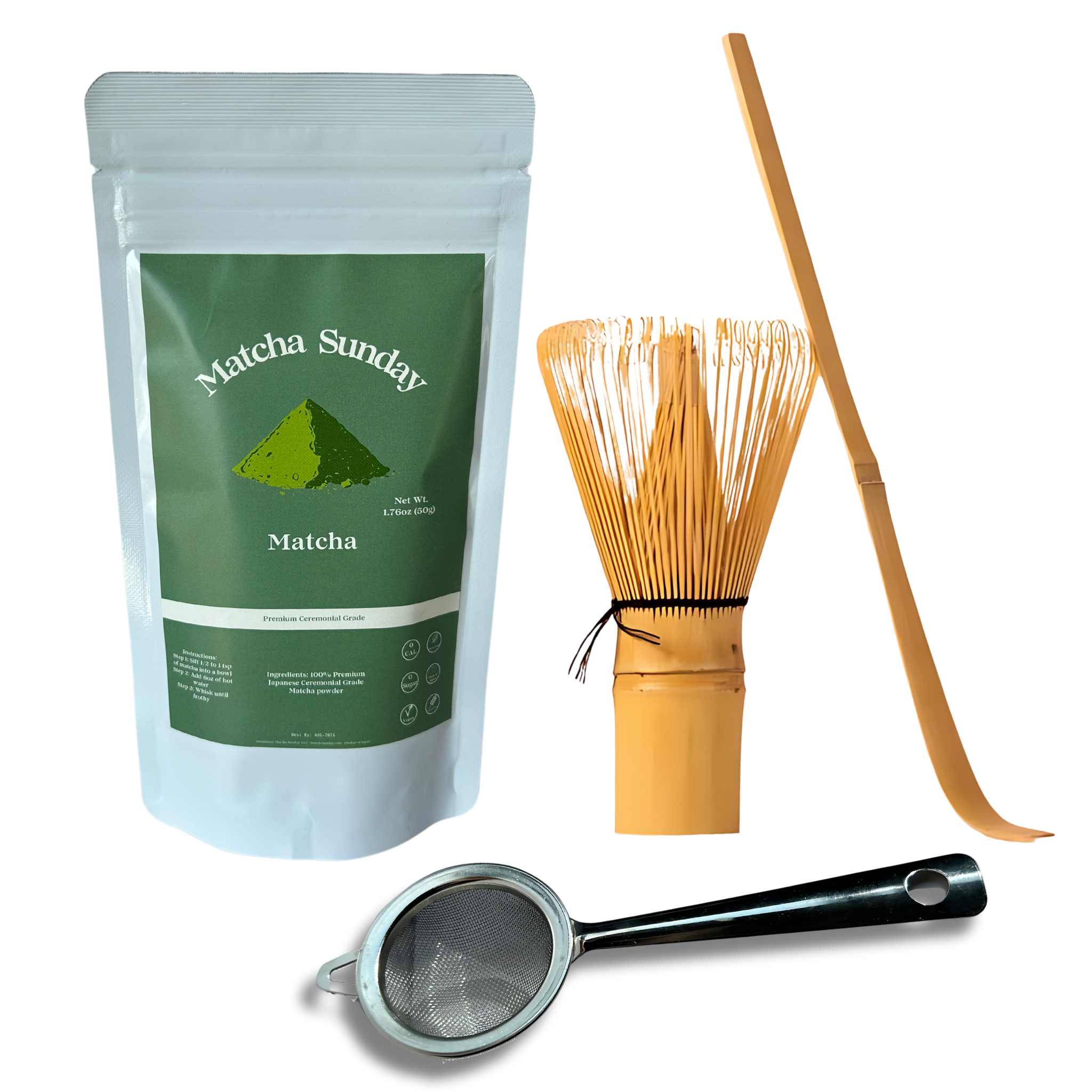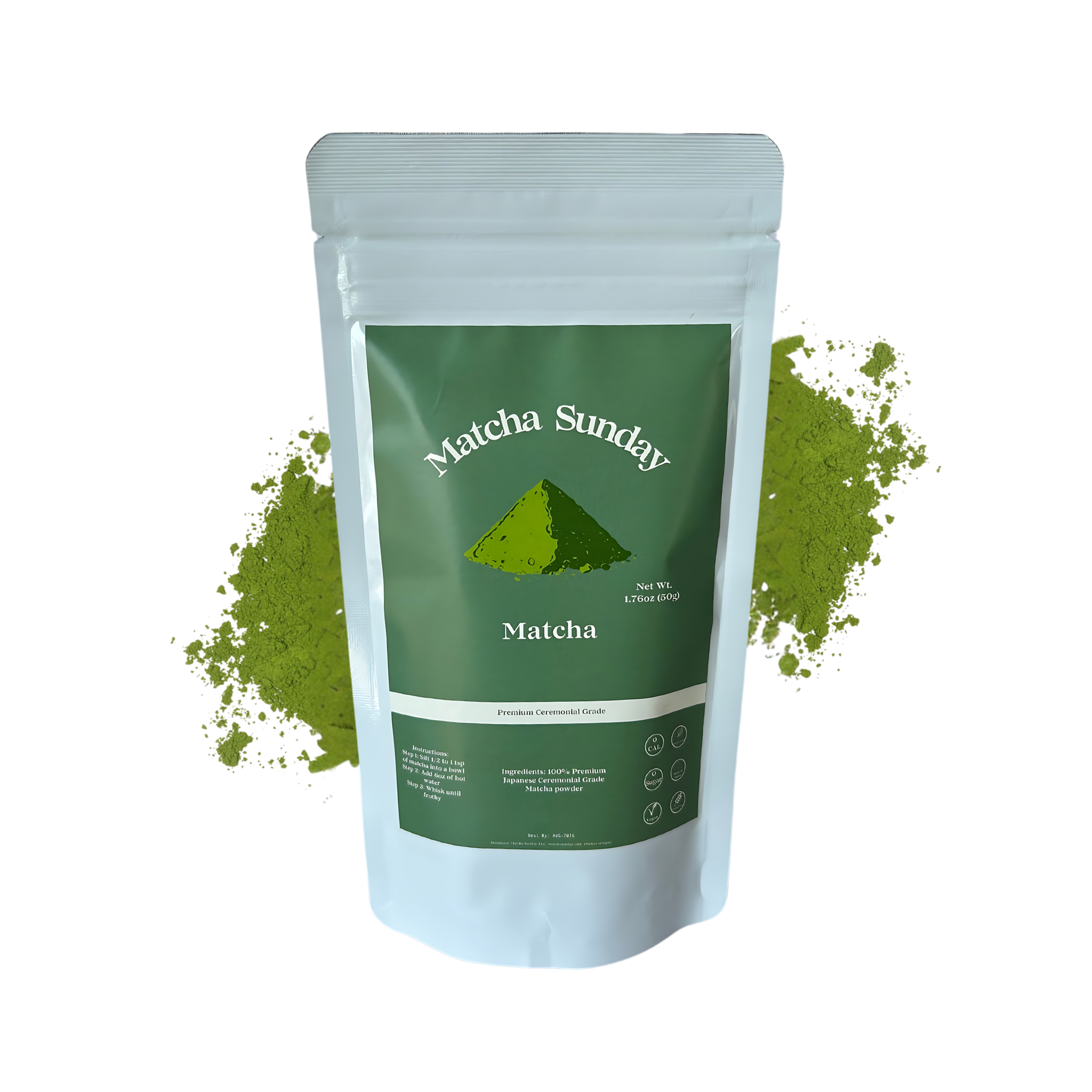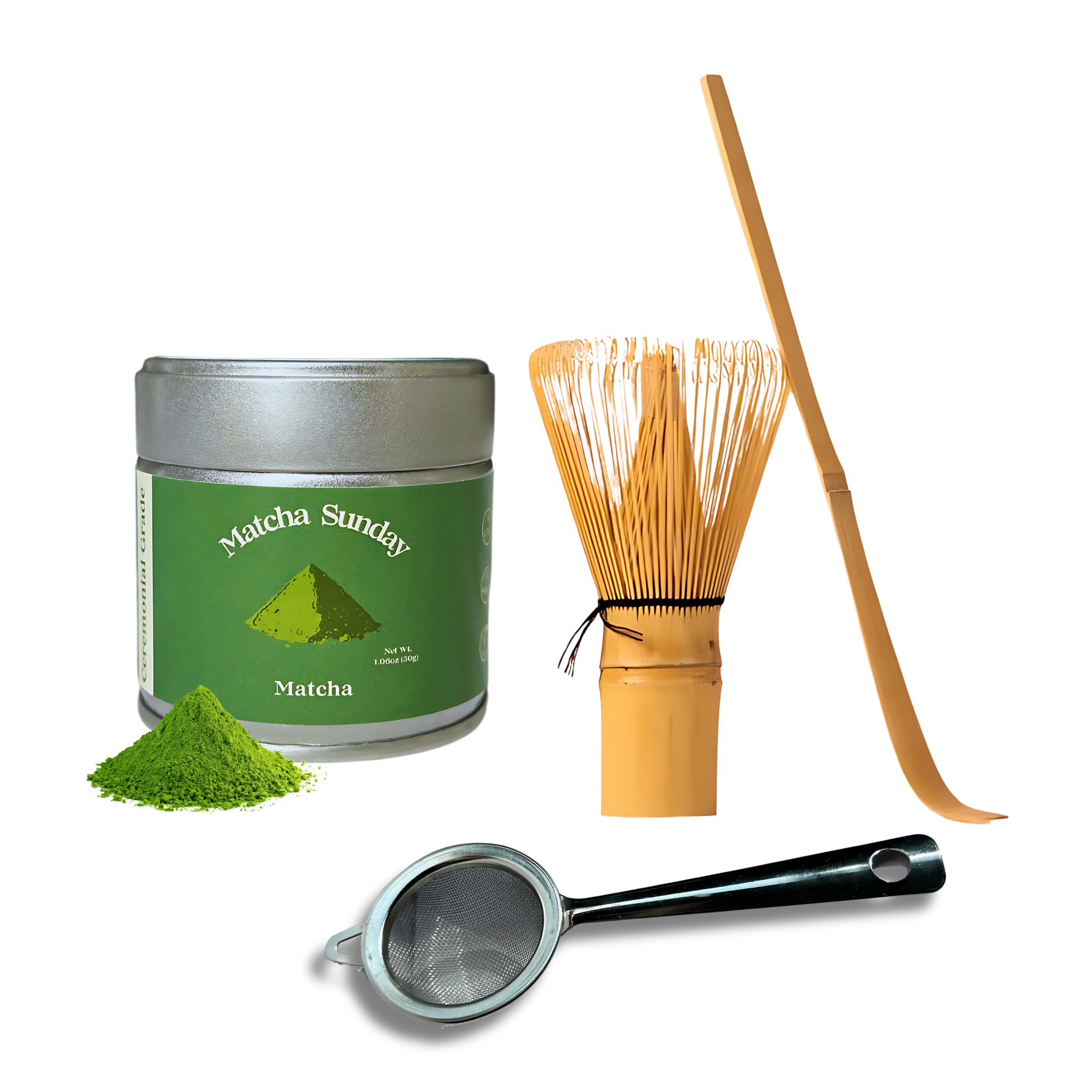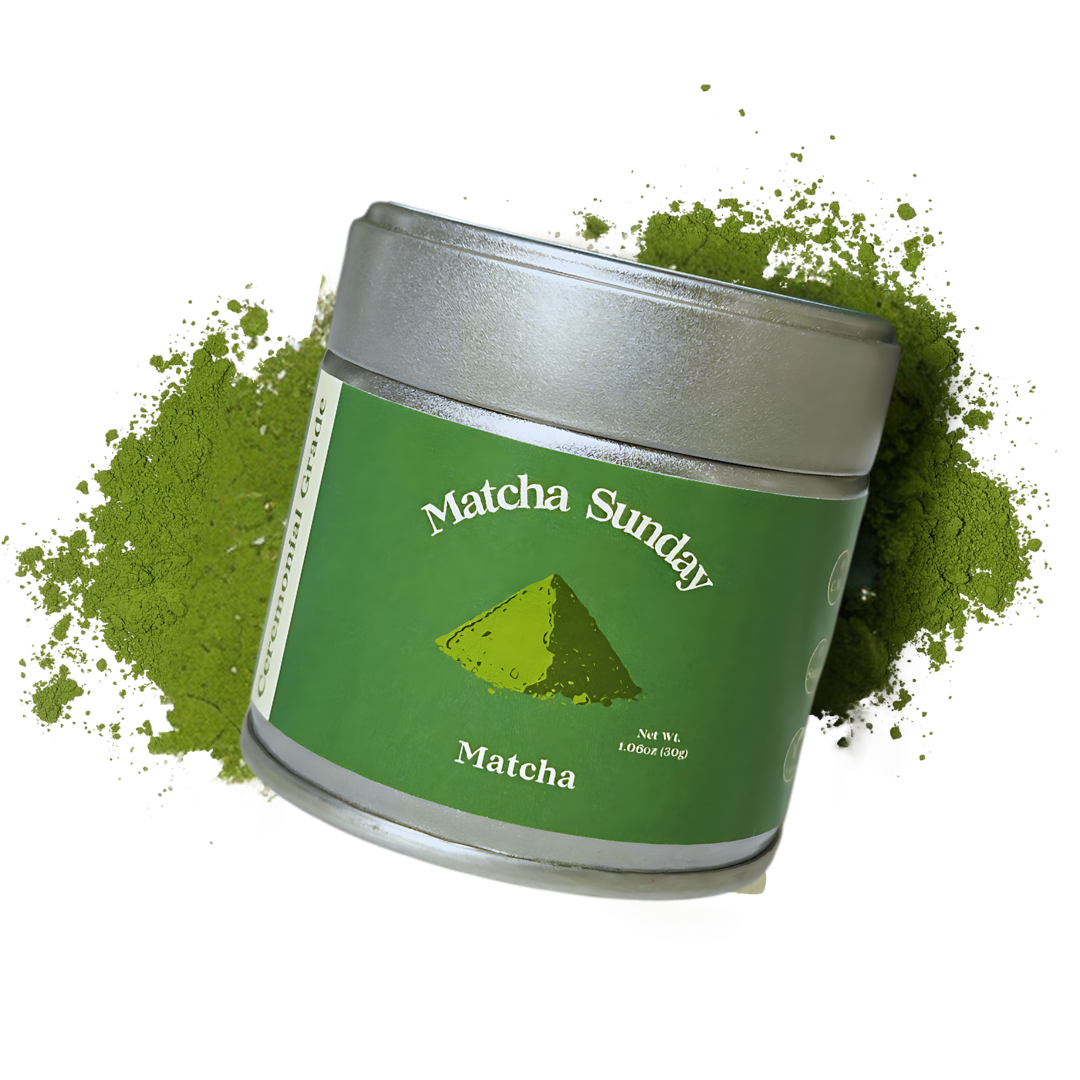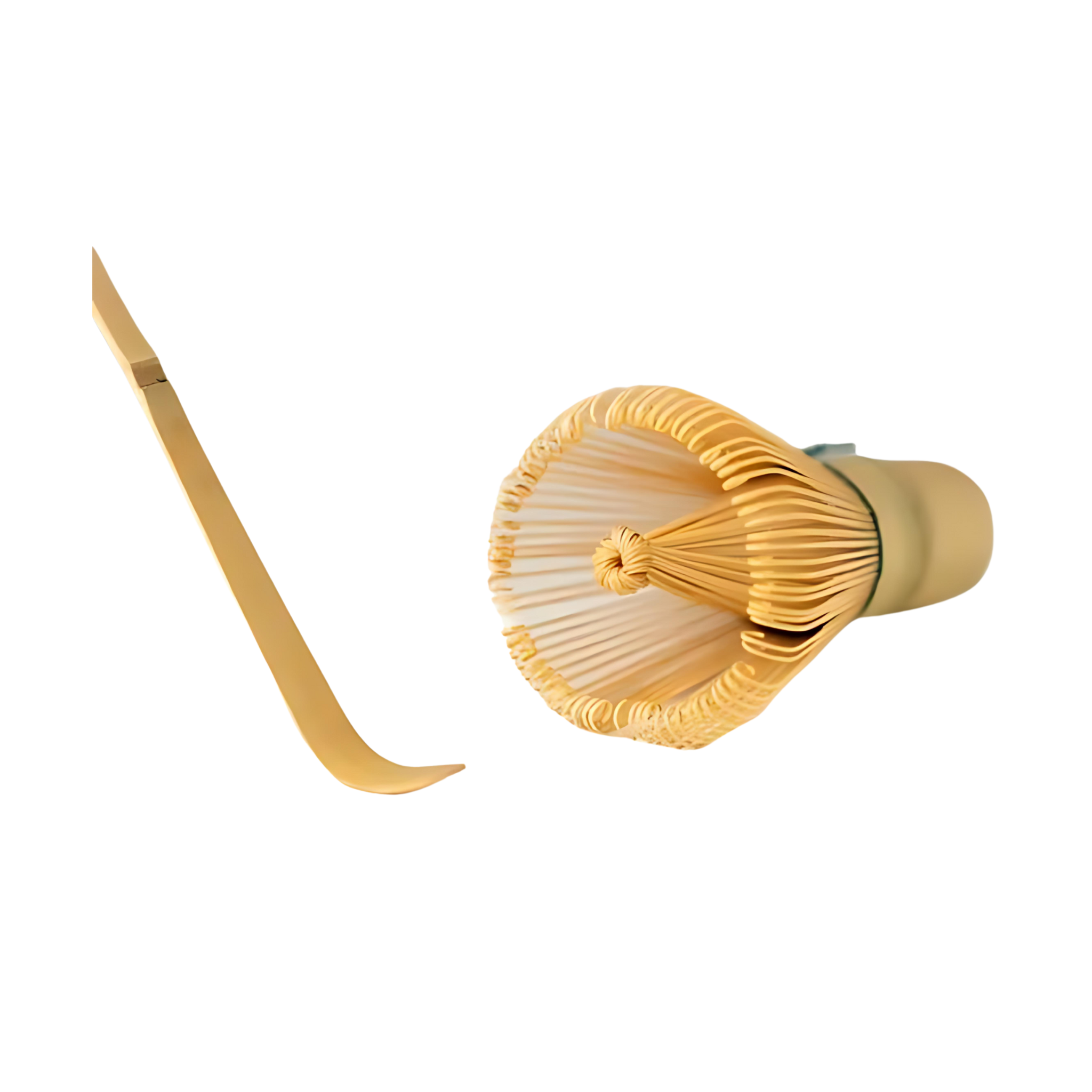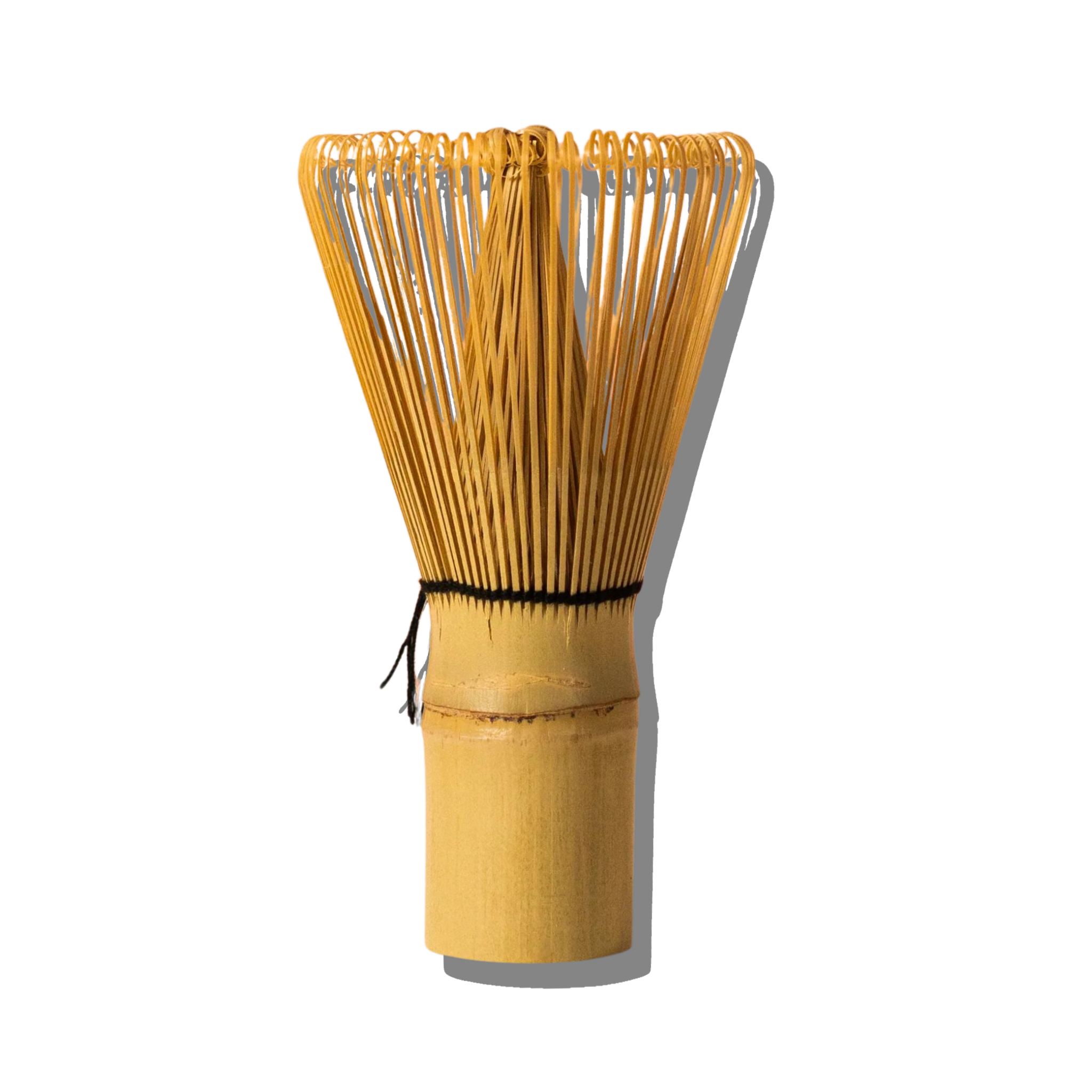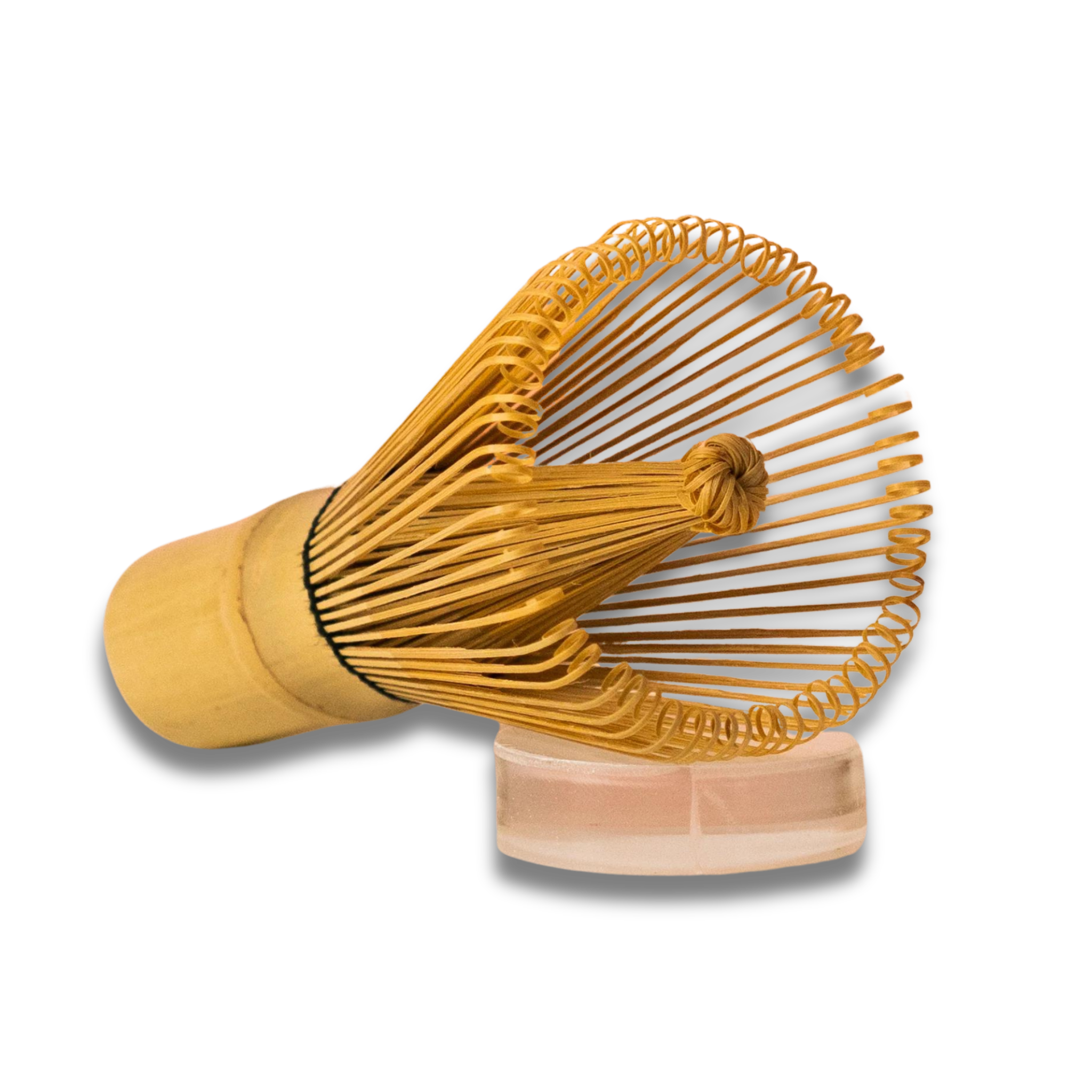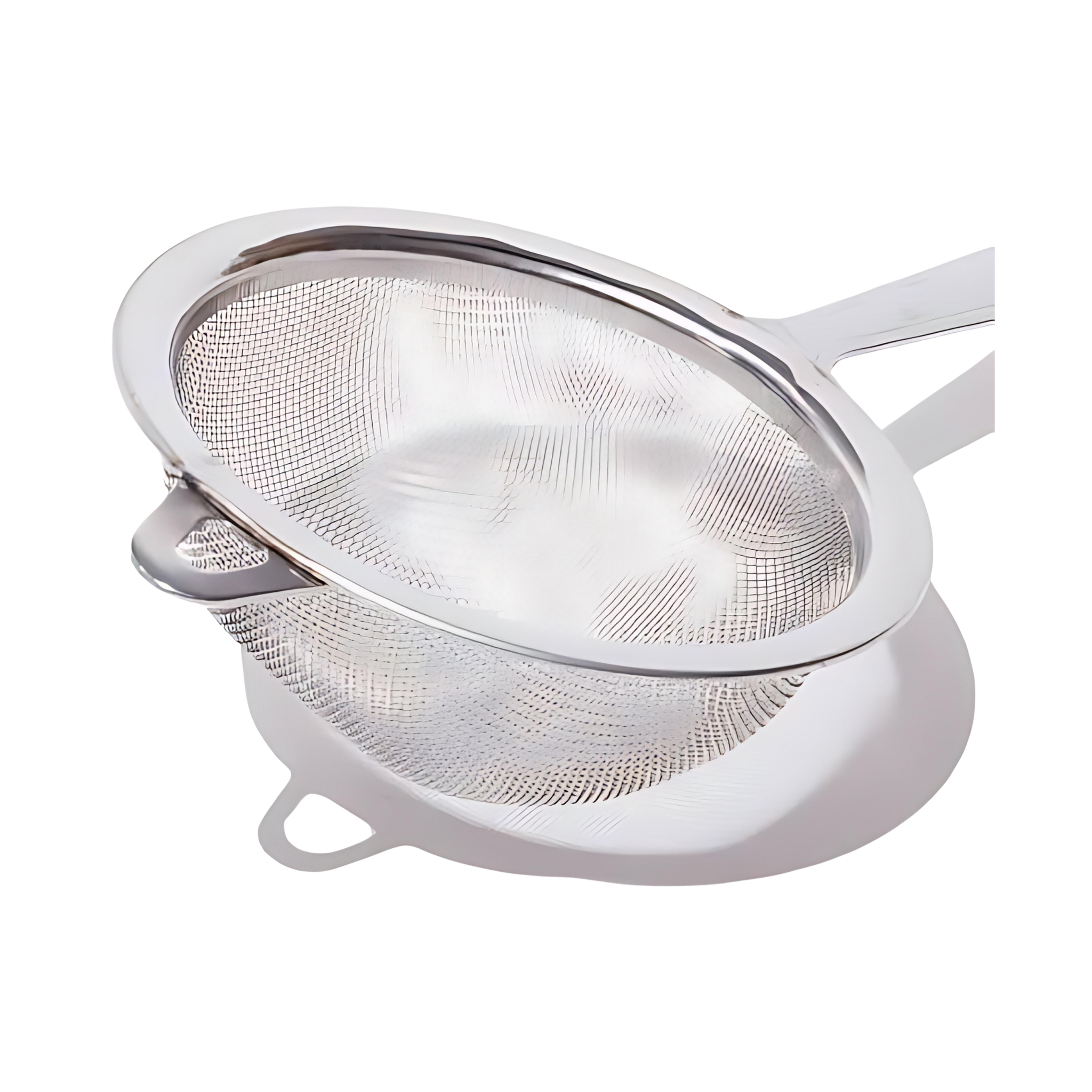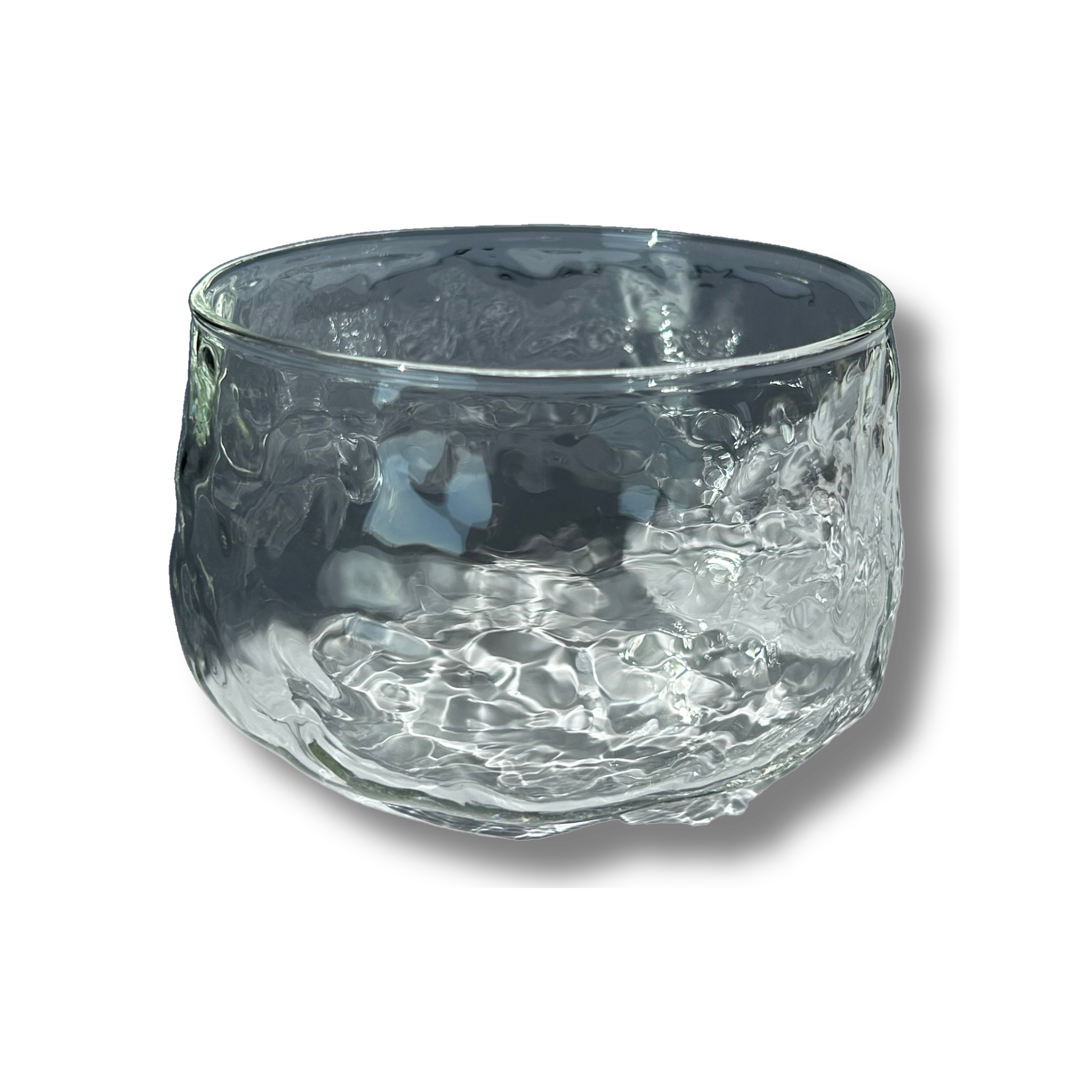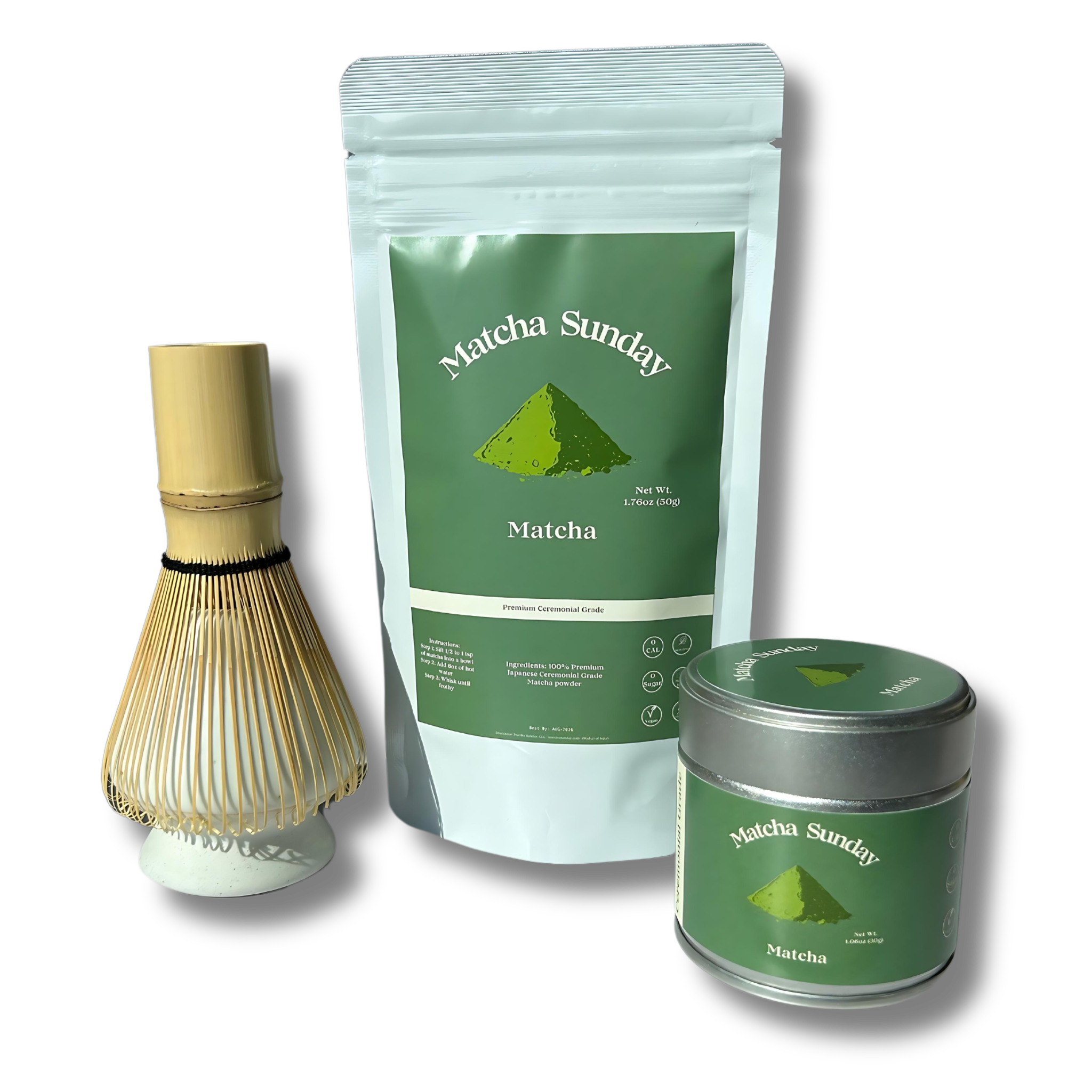What Does Matcha Taste Like?
If you’ve been curious about matcha, the vibrant green tea known for its numerous health benefits, you’re not alone. Matcha has gained popularity for its rich nutritional profile and potential as a weight loss aid. But what about its taste? Is matcha something you would enjoy drinking daily?
The Visual Appeal of Matcha
Matcha’s bright green color is one of its most distinctive features. This hue is not just for show; it indicates the presence of chlorophyll and high levels of antioxidants. But what does this colorful tea actually taste like? Let’s explore the sensory experience of drinking matcha.
A Journey of the Senses
Drinking matcha is more than just a beverage experience; it’s a journey of the senses. The taste of matcha is multifaceted, offering a complex flavor profile that can vary slightly depending on the quality and preparation method.
Earthy and Vegetal Notes
At its core, matcha is an earthy beverage. The first sip introduces you to a rich, vegetal taste that can be likened to fresh greens or spinach. This earthiness is a hallmark of high-quality matcha and is often described as “grassy” by those new to the drink. However, this grassy flavor is balanced and not overwhelming.
Sweetness and Nuttiness
Alongside its earthy profile, matcha has a natural sweetness. This sweetness is subtle and more pronounced in ceremonial grade matcha, which is made from younger, more tender tea leaves. You might also notice a sweet nuttiness, which helps to round out the flavor profile, providing a pleasant background note.
Bitterness and Umami
One of the unique aspects of matcha is its umami flavor. Umami, a savory taste often associated with broths and fermented products, adds depth to matcha’s flavor profile. While some bitterness is present, especially in lower quality matcha, it is generally mild and balanced by the other flavors. Properly prepared matcha should have a smooth and mellow bitterness that enhances the overall taste rather than detracting from it.
Ceremonial vs. Culinary Grade Matcha
Understanding the different grades of matcha can help you appreciate its varied flavors.
- Ceremonial Grade Matcha: This is the highest quality matcha, intended for traditional tea ceremonies. It is made from the youngest leaves and has a vibrant green color. The flavor is smooth, with a balance of sweetness and umami, and no bitterness.
- Culinary Grade Matcha: This grade is suitable for cooking and blending into beverages like lattes and smoothies. It has a more robust and slightly more bitter taste, which holds up well when mixed with other ingredients.
The Texture of Matcha
Texture plays a significant role in how we perceive taste. Matcha has a unique texture that can influence your drinking experience. When prepared traditionally, matcha has a slightly frothy texture. The powder can sometimes give it a slight graininess, though high-quality matcha is finely ground to minimize this. The texture can range from thin and smooth to thick and creamy, depending on how much powder is used and how it is whisked.
The Cultural Significance of Matcha
Matcha is deeply embedded in Japanese culture, where it is celebrated in traditional tea ceremonies. These ceremonies emphasize mindfulness, respect, and a deep appreciation for the present moment. Drinking matcha in this context is not just about taste but about experiencing a ritual that has been refined over centuries.
Tips for Appreciating Matcha
To fully appreciate the taste of matcha, consider these tips:
- Use High-Quality Matcha: Opt for ceremonial grade matcha for the best flavor experience.
- Proper Preparation: Use a bamboo whisk (chasen) to mix matcha with hot (not boiling) water. This helps to create a frothy texture and fully dissolve the powder.
- Experiment with Additions: While traditionalists may prefer matcha on its own, you can enhance the flavor with a bit of honey, almond milk, or even a splash of lemon.
- Savor Slowly: Drinking matcha slowly allows you to fully experience its complex flavor profile. Take your time to enjoy each sip.
Matcha in Modern Culinary Creations
Beyond traditional preparation, matcha’s unique flavor makes it a versatile ingredient in modern culinary creations. Here are some popular ways to enjoy matcha:
- Matcha Lattes: Mixing matcha with milk (dairy or plant-based) and a sweetener creates a creamy, comforting drink.
- Matcha Smoothies: Blend matcha with fruits, yogurt, and a sweetener for a refreshing, nutrient-packed smoothie.
- Matcha Desserts: Matcha’s earthy sweetness pairs well with desserts like ice cream, cookies, and cakes. It adds a unique flavor and vibrant color.
Practical Tips for Enjoying Matcha
- Start with the Basics: Begin with a simple matcha tea to get accustomed to the flavor.
- Explore Recipes: Once you’re familiar with the taste, try incorporating matcha into recipes for lattes, smoothies, and desserts.
- Adjust to Taste: Everyone’s palate is different. Don’t be afraid to adjust the amount of matcha or add sweeteners to suit your preferences.
Conclusion: Does Matcha Taste Good?
So, does matcha taste good? The answer depends on your personal preferences and how it’s prepared. High-quality matcha offers a delightful combination of earthy, sweet, and umami flavors that many people find enjoyable. Its versatility means you can enjoy it in a variety of ways, from traditional tea to modern culinary creations. Ultimately, the best way to determine if matcha is for you is to try it yourself and explore the many flavors it has to offer.
Embrace the journey of discovering matcha’s unique taste and enjoy the rich, sensory experience it brings. Whether you’re sipping it slowly in a traditional tea ceremony or blending it into a vibrant smoothie, matcha offers a world of flavors waiting to be explored.
Visit our website: Matcha Sunday.



